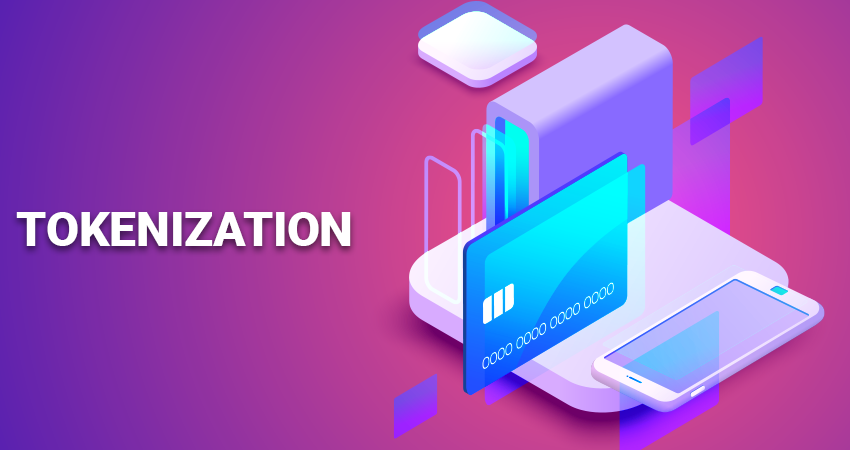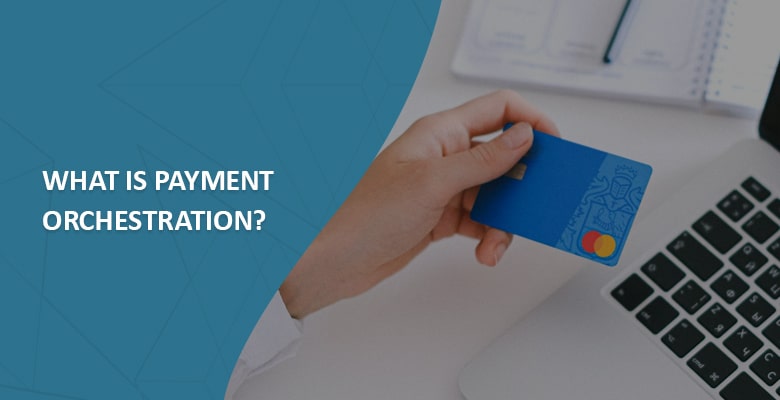In the dynamic realm of financial transactions, the ongoing surge in technological innovations is fundamentally transforming the landscape of value exchange. At the forefront of this revolution stand two pivotal forces—tokenization and payment orchestration. Far more than just modifiers of the payment environment, these two elements form a dynamic duo that is actively revolutionizing it. This article embarks on a journey to unravel the intricacies of tokenization and payment orchestration, delving into their collaborative impact on reshaping the very essence of payments. Together, these technological advancements not only ensure heightened security but also introduce unprecedented efficiencies, promising a paradigm shift in the way we perceive and conduct financial transactions.
Tokenization and Payment Orchestration Redefining Payments
Tokenization Unveiled

source: pinterest.com
Tokenization, at its core, is the process of converting sensitive data into a unique identifier, or “token,” which retains all essential information without exposing the original data. This translates into enhanced security and less vulnerability to fraud in the context of payments. Conventional transactions expose customers to data breaches since they entail the sharing of private data, like credit card numbers. However, with tokenization, each transaction is shielded behind a randomized token, rendering intercepted data useless to potential hackers.
Beyond its security prowess, tokenization also streamlines payment processes. The cumbersome task of manually inputting card details for each purchase becomes a relic of the past. Users can now enjoy seamless, one-click transactions without compromising their financial information. This not only enhances user experience but also accelerates the pace of transactions, making it a win-win for both consumers and businesses.
The Harmony of Payment Orchestration

source: pinterest.com
While tokenization fortifies the security aspect of payments, payment orchestration complements it by optimizing the overall transaction journey. Payment orchestration is the art of efficiently managing and routing payments through multiple channels, gateways, and methods. In essence, it ensures that the payment process is not only secure but also agile and adaptable to diverse financial ecosystems.
Payment orchestration excels in providing a unified experience across various payment methods. Whether it’s credit cards, digital wallets, or emerging blockchain-based solutions, payment orchestration seamlessly integrates these options into a cohesive system. This versatility is a game-changer for businesses, allowing them to cater to a broader audience with diverse payment preferences.
Moreover, payment orchestration enhances reliability by mitigating the risks associated with system failures. In a traditional setup, a single point of failure could disrupt the entire payment process. Payment orchestration, however, distributes transactions across multiple channels, reducing the impact of any potential downtime. This redundancy ensures a smoother payment experience for both consumers and businesses.
The Symbiosis of Tokenization and Payment Orchestration

source: pinterest.com
When tokenization and payment orchestration join forces, the result is a robust and secure payment ecosystem. Tokenized transactions seamlessly flow through orchestrated payment channels, creating a synergy that transcends the limitations of traditional payment methods.
One of the notable advantages is the global acceptance of this combined approach. In an increasingly interconnected world, businesses operate on a global scale, and consumers expect seamless transactions across borders. The amalgamation of tokenization and payment orchestration facilitates just that, breaking down barriers and fostering a more connected financial landscape. Moreover, this partnership enhances data security at every step. Tokenization protects sensitive information at the transaction level, while payment orchestration ensures the secure flow of data across various platforms. The result is a fortified payment infrastructure that instils confidence in both consumers and businesses.
Conclusion
In the ever-evolving dance of technology and finance, tokenization and payment orchestration take center stage, reshaping the payment environment as we know it. Tokenization’s role in fortifying data security and streamlining transactions complements the agility and adaptability of payment orchestration. Together, they form a formidable alliance that not only ensures secure transactions but also enhances the overall efficiency and reliability of payment processes. As businesses and consumers alike navigate the complexities of a globalized economy, the symbiosis of tokenization and payment orchestration emerges as a beacon of innovation.
In the fast-paced era of technological advancement, tokenization and payment orchestration are continually evolving, shaping the future of finance. As new technologies emerge and consumer expectations evolve, this dynamic duo propels the world of payments into unexplored frontiers. The journey of tokenization and payment orchestration remains ongoing, adapting to the ever-changing landscape of financial transactions. The envisioned future is one where finance is tokenized, orchestrated, and boundless, redefining the essence of secure and efficient transactions.





